I am not sure I fully understood your objective.
If you provide one or two examples of the input you give, and the corresponding output you mean to get, that would help others help you.
I assume your problem is the following:
You have a given partition of your 2D region (country, area, etc.) into N finite size polygons Pi, numbered i=1...N.
Partition here means that the union of all your N polygons covers your domain, and the intersection between any two polygons is of dimension 1, at most. I.e., they can share boundaries, at most, no overlaps.
You mean to give a target spatial coordinate X=(x,y), and get the number j of the polygon to which it belongs.
So far, you can compute the centroid Qi of each polygon and the minimal circle Ci centered at Qi that fully includes the polygon Pi, and find all circles {Cj} that contain your target X. But there is an overlap among several Ci (i.e., {Ci} is not a partition of you region), so a given target may belong to more than one Ci.
If I got this right, this is a Point in polygon problem, which has well known solutions for either convex or non-convex polygons (since you did not specify that).
Some links are provided below.
A few notes:
I don't think you would need this, but you may speed up a little you code by first applying your algorithm to get a smaller set of candidate polygons, and then apply the point-in-polygon algorithm on this reduced set.
If your subregions are not polygons, the problem becomes harder. It depends on the shapes of the boundaries.
Mathematically speaking, you still have to decide what happens with poins exactly on boundaries.
Links specific for python:
What's the fastest way of checking if a point is inside a polygon in python
Python: checking if point is inside a polygon
https://automating-gis-processes.github.io/CSC18/lessons/L4/point-in-polygon.html
https://gis.stackexchange.com/questions/170264/python-point-in-polygon-boundary-and-vertex-check-ray-casting
Other generic links:
How can I determine whether a 2D Point is within a Polygon?
https://en.wikipedia.org/wiki/Point_in_polygon
https://www.geeksforgeeks.org/how-to-check-if-a-given-point-lies-inside-a-polygon/
http://alienryderflex.com/polygon/




